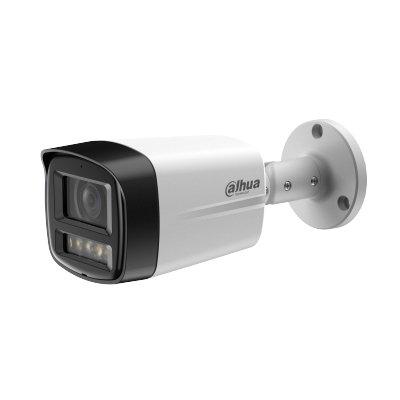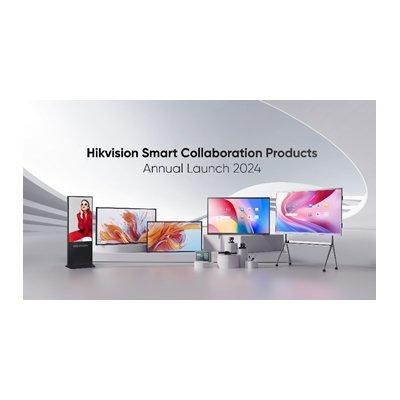Who among us hasn’t locked ourselves out of the house? And who hasn’t had just a twinge of worry when calling a perfect stranger to unlock the door for us? Jonathan Mead, owner of Mead Services and president of the Maryland Locksmith Association, understands that concern and is doing something about it.
“This industry has always had problems with fly-by-night companies or companies operating as an out-of-state representative,” Mead said. “I get calls every month from individuals to verify a locksmith’s reputation or membership in our association.” As a result, Mead recently upgraded the association’s photo ID cards to reduce the risk of duplication and to increase the professional image of its members.
The Maryland Locksmith Association was created in 1952 to lend credibility to the profession. For many years, it issued annual photo ID cards to its members out of laminated cardboard containing photos taken with an instant camera. “They were easy to forge and not very professional-looking,” said Mead. “As technology progressed, and the pricing of better equipment came down, it was time to bring the association into a more modern and professional image.”
Proximity cards, which were chosen because of their flexibility and their ability to be programmed to client systems, use contactless technology through an antenna embedded in the card
HID proximity cards with RFID technology
Today, each member of the Maryland Locksmith Association has a plastic HID proximity card with the association’s logo, an individual’s photo and company name, and other pertinent information. Proximity cards, which were chosen because of their flexibility and their ability to be programmed to client systems, use contactless technology through an antenna embedded in the card. When the card passes within range of a card reader, the embedded antenna communicates with a receiving antenna in the reader, and the card is activated. HID cards use RFID technology enabling users to upgrade to new technologies seamlessly and add new applications when they wish.
The cards are printed by Mead on a Fargo DTC300 Direct-to-Card Printer/Encoder. “We were looking for a printer that was a plug-and-play system, easy to operate and load,” said Mead. “We wanted a printer that would provide us with multi-coloured cards and a clean, professional design.
Keyscan access control system
“We also wanted a machine that was not too bulky, because we pack it up in a suitcase and take it to our meetings nine times a year, where new members are voted on and receive their first badge.” Mead uses a Keyscan access control system and software that is compatible with HID proximity cards. Together, the system provides the association with a workable database from which to print professional ID cards.
Members of the Maryland Locksmith Association use their ID cards to sign into association meetings, to provide a professional image when dealing with clients, and to facilitate and consolidate access to multiple client locations. In the past, locksmiths who worked for several clients had to obtain access cards from each of the companies they served.
Adding a PIN number to increase security
With the new HID proximity ID cards, clients can program a locksmith’s badge information into their company’s own system
“Each client had to issue us a temporary badge or give us keys to get in and out,” said Mead. With the new HID proximity ID cards, clients can program a locksmith’s badge information into their company’s own system. “Instead of getting a card from each of 10 clients to gain access into their specific buildings, I give them my information, and they put it into their database,” said Mead. “I only need to carry one card.”
“Information from my card appears on a company’s security monitor, giving security personnel the tracking they need,” said Mead. “At the same time, it gives us the professional image we need.” Sometimes a PIN number is added to increase security, and sometimes companies limit a locksmith’s access. “I have one client who activates my card only for the days I am going to be there,” said Mead. “He wouldn’t have been able to do this with our old laminated cards.”
Printing non-member cards at nominal cost
Most locksmiths are honest, hard-working men and women, but because no licensing is required in 35 states, people are rightfully nervous about the small majority of unscrupulous individuals.
“We conduct background checks on all of our members,” said Mead. “If we find something questionable, we deny membership. We go before the state legislature every winter to testify for licensing, and these new ID cards help us to bolster our image and show pride in our industry.”
In addition to being able to display logos and decals on their vehicles, members of the Maryland Locksmith Association can now obtain state license plates to show their membership
Mead also offers association members the opportunity to print ID cards for their smaller clients. “If our members have a client with 10 to 15 people in an office and want access control but don’t want to buy a printer, the client can send our association jpg photos, and we’ll make up a template for a nominal cost,” Mead said. “Over the last two years, we have printed 200 non-member cards.”
Securing data with smart card access
“Homeland Security will continue to tighten down on who has access to what data, and what data are maintained,” said Mead. Because several of the association’s members deal with Homeland Security issues, the association may issue smart cards and add security laminates in the future. “Some of our members want tamper-resistant cards,” he said. “We want to provide them with what they need.” For now, Mead simply keeps the printer in a safe, along with the laptop that holds the logos and pdf files.
While he ponders upcoming industry changes, Mead is working hard to ensure the professionalism, integrity and training of locksmiths in the state of Maryland today. In addition to being able to display logos and decals on their vehicles, members of the Maryland Locksmith Association can now obtain state license plates to show their membership. But it is the new ID cards that have been making the greatest impression with clients, whether they are large corporations or simply individuals who have locked themselves out of their homes.
“Our members are proud to display their ID cards,” he said. “Not many associations have photo ID cards. This makes us unique."



















